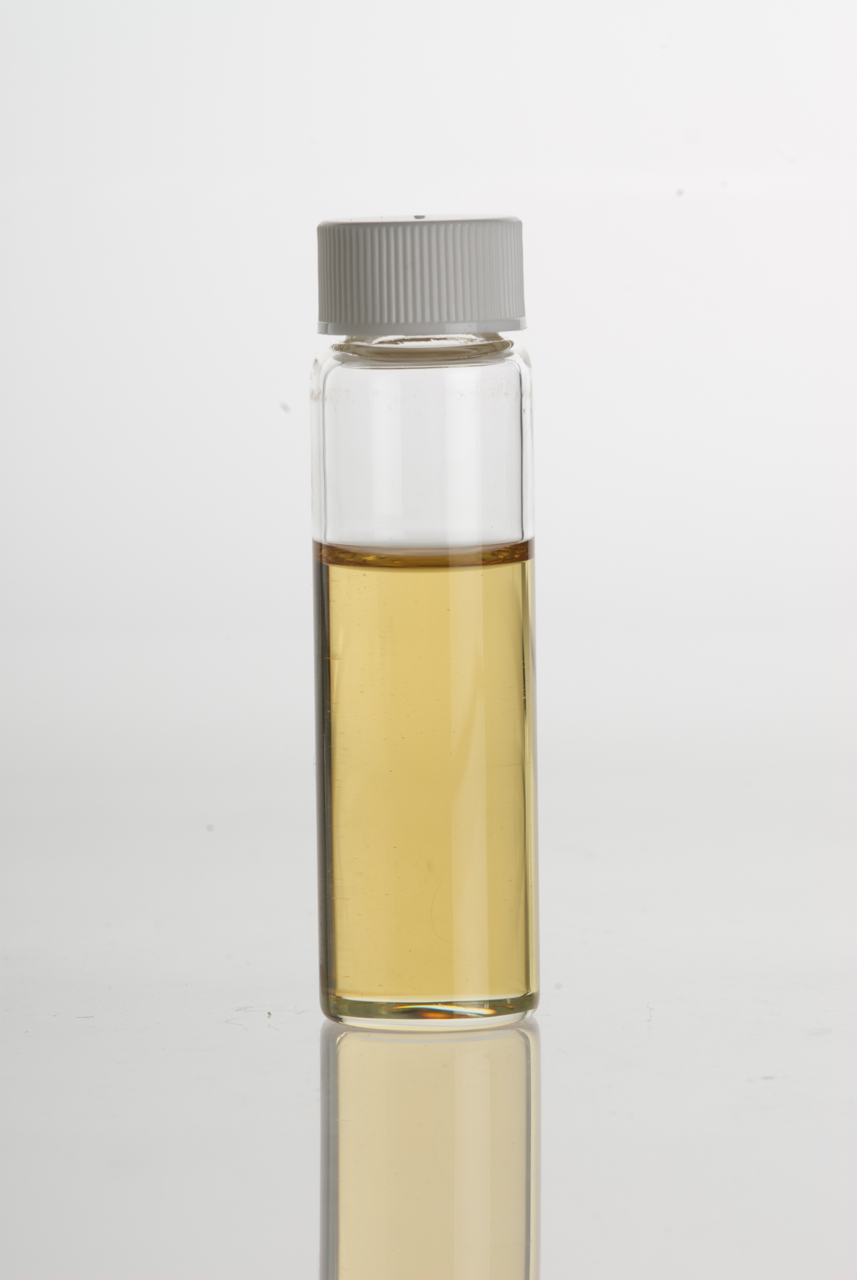Sage oil on:
[Wikipedia]
[Google]
[Amazon]
 Sage oils are essential oils that come in several varieties:
Sage oils are essential oils that come in several varieties:
 Sage oils are essential oils that come in several varieties:
Sage oils are essential oils that come in several varieties:
Dalmatian sage oil
Also called English, Garden, and True sage oil. Made by steam distillation of ''Salvia officinalis
''Salvia officinalis'', the common sage or just sage, is a perennial, evergreen subshrub, with woody stems, grayish leaves, and blue to purplish flowers. It is a member of the mint family Lamiaceae and native to the Mediterranean region, tho ...
'' partially dried leaves. Yields range from 0.5 to 1.0%. A colorless to yellow liquid with a warm camphoraceous, thujone-like odor and sharp and bitter taste. The main components of the oil are thujone
Thujone () is a ketone and a monoterpene that occurs predominantly in two diastereomeric (epimeric) forms: (−)-α-thujone and (+)-β-thujone.
Though it is best known as a chemical compound in the spirit absinthe, it is unlikely to be responsib ...
(50%), camphor, pinene
Pinene is a collection of unsaturated bicyclic monoterpenes. Two geometric isomers of pinene are found in nature, α-pinene and β-pinene. Both are chiral. As the name suggests, pinenes are found in pines. Specifically, pinene is the major comp ...
, and cineol
Eucalyptol is a monoterpenoid. A colorless liquid, it is a bicyclic ether. Eucalyptol has a fresh mint-like smell and a spicy, cooling taste. It is insoluble in water, but miscible with organic solvents. Eucalyptol makes up ~70% - 90% of eucal ...
.
Clary sage oil
Sometimes called muscatel. Made by steam or water distillation of ''Salvia sclarea
''Salvia sclarea'', the clary or clary sage, is a biennial or short-lived herbaceous perennial in the genus ''Salvia''. It is native to the northern Mediterranean Basin, along with some areas in north Africa and Central Asia. The plant has a len ...
'' flowering tops and foliage. Yields range from 0.7 to 1.5%. A pale yellow to yellow liquid with a herbaceous odor and a winelike bouquet. Produced in large quantities in France, Russia and Morocco. The oil contains linalyl acetate
Linalyl acetate, an organic compound, is the acetate ester of linalool. phytochemical found in many flowers and spice plants. It is one of the principal components of the essential oils of bergamot and lavender. It often occurs together with ...
, linalool
Linalool () refers to two enantiomers of a naturally occurring terpene alcohol found in many flowers and spice plants. Linalool has multiple commercial applications, the majority of which are based on its pleasant scent (floral, with a touch of ...
and other terpene alcohols (sclareol
Sclareol is a fragrant chemical compound found in '' Salvia sclarea'', from which it derives its name. It is classified as a bicyclic diterpene
Diterpenes are a class of chemical compounds composed of four isoprene units, often with the molecul ...
), as well as their acetates.
Spanish sage oil
Made by steam distillation of '' Salvia lavandulifolia'' leaves and twigs. A colorless to pale yellow liquid with the characteristic camphoraceous odor. Unlike Dalmatian sage oil, Spanish sage oil contains no or only traces of thujone; camphor andeucalyptol
Eucalyptol is a monoterpenoid. A colorless liquid, it is a bicyclic ether. Eucalyptol has a fresh mint-like smell and a spicy, cooling taste. It is insoluble in water, but miscible with organic solvents. Eucalyptol makes up ~70% - 90% of eucal ...
are the major components.
Greek sage oil
Made by steam distillation of '' Salvia triloba'' leaves. Grows in Greece and Turkey. Yields range from 0.25% to 4%. The oil contains camphor, thujone, and pinene, the dominant component being eucalyptol.Judaean sage oil
Made by steam distillation of '' Salvia judaica'' leaves. The oil contains mainly cubebene and ledol.References
{{reflist Essential oils Flavors